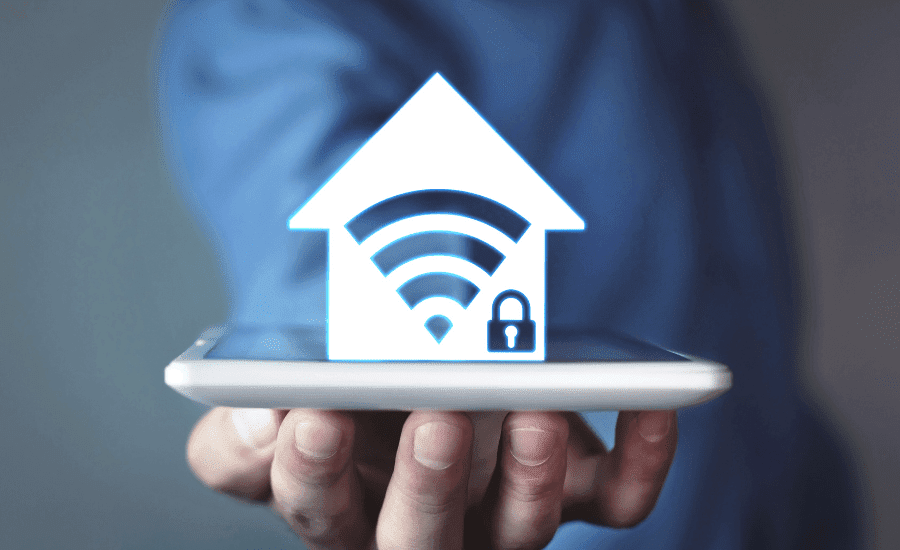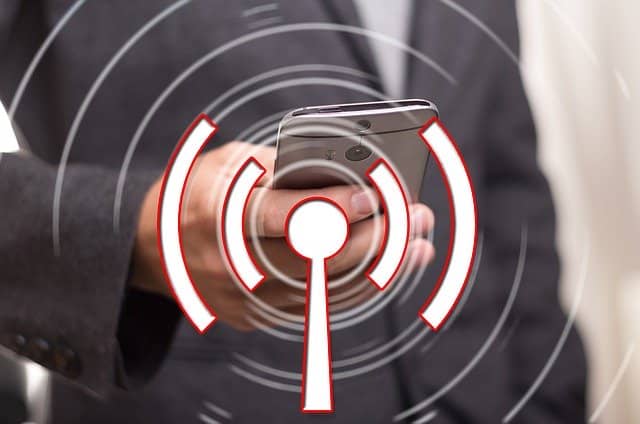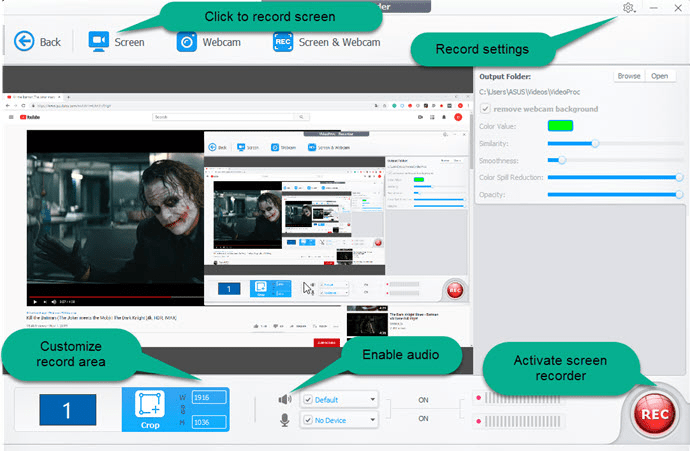Having a Wi-Fi connection at home is not an unusual sight anymore. As the world becomes more connected through the internet, it has become necessary to provide your home with a WiFi connection router. A home wireless network has become part of many households to provide internet access for the rest of the family.
As the world continues to experience technological advances, homes are now being filled with various devices and gadgets that require an internet connection. These gadgets may include TV sets, computers, laptops, baby monitors, or even your cleaning gadgets like your internet-powered vacuum. Communication has also become reliant on technology, thus the need to stay connected via the web.
While many houses are turning to adapt a Wi-Fi connection, it has opened a lot of security risks for the connection and the devices connected to it. It has become essential to ensure that you safeguard your Wi-Fi connection from any potential cybersecurity threats you might encounter.
How To Protect Your Home Wi-Fi Connection?

It is better to take the necessary precaution in protecting your home wireless network instead of waiting for any attack to happen. Here are some ways you can keep attacks and cybersecurity threats away from your home Wi-Fi connection.
#1. Change Your Default Wi-Fi Connection Router Name
After getting a Wi-Fi connection for your home, the best thing you can do is change your router’s default name. That may be a straightforward move, yet it can become one of the most important things you need to do for your home internet.
Changing the SSID or Service Set Identifies can make it harder for hackers to identify the router you are using. When you use your default router name, they will have an idea of who the manufacturer of your Wi-Fi connection router is. They will be able to identify the model’s vulnerabilities quickly. Failing to change your Wi-Fi connection router’s name will make it easier for them to exploit your Wi-Fi connection router and the devices connected.
Refrain also from using your name in your Wi-Fi connection. That will give attackers lurking somewhere on the sidelines an easy time to pinpoint which is yours among all neighboring Wi-Fi connection in your area.
#2. Set A Complex And Robust Password
Your Wi-Fi connection comes with a pre-set username and password. After changing the default username, the next step that you have to take is to set a complex and strong password that can make it harder for attackers to infiltrate your system. What makes it worst is that if hackers can make an entry into your network, they can easily change the password to lock you out and hijack your network system.
Make a strong password by having a random sequence of numbers, letters, and special characters. You can also mix uppercase and lowercase so people who come across your password will have difficulty remembering it. These types of passwords will make it hard to share with other people. You can set it in a 20-character length, yet if you have a hard time with it, you can still for a 12-character password.
If your visitors ask for your Wi-Fi connection password, you can type it directly on their phones instead of giving it to them in written form or verbally. Once connected, they cannot extract the password from your internet connection, which hampers them from giving it to other people.
You might also like…
Pros and Cons of 5G Technology
How To Post On Instagram From Desktop
#3. Frequently Change Your Password
Your password should not stay your default password for a long time. Though there is no rule set on how often you should change your Wi-Fi connection router password, you must change it regularly. To help you to remember to change your password, make it a habit to change your router password at least monthly. Designate a date and time that will help you remind that your password is already due to be replaced.
#4. Turn On Your Wi-Fi Connection Encryption
Safeguard your network data efficiently by turning your Wi-Fi connection encryption. This method works by turning your data or message content into codes so hackers cannot decipher it. Use WPA2 as it is considered the most secure type of encryption to use for your home. You can check your Wi-Fi connection router if it uses WPA2 encryption by looking at your network settings and check its wireless properties.
#5. Hide Your Network
Aside from changing your router’s default name that can make it hard for hackers to know what type of Wi-Fi connection router you are using, you can also hide your Wi-Fi connection. By hiding your network name from all the networks available in your area, it will be impossible to connect to it.
Devices and gadgets which are already connected to the network will still be able to connect. However, passers-by will not see it.
#6. Turn Off Your Wi-Fi Connection When You Are Not Home
Turning off your router at times is much needed to troubleshoot it and refresh your IP address for a better connection. Additionally, you can turn off your Wi-Fi connection router when you are not home.
Your Wi-Fi connection router does not need to run all the time for the entire week. It also reduces the chances of those with malicious intent to break into your Wi-Fi connection when you are not around.
#7. Know The Best Location For Your Router
Where you place your router can also become a key in securing your Wi-Fi connection. As much as possible, put your Wi-Fi connection router in the middle part of your house. Aside from it can provide equal access to all the rooms in your home, it cannot send a strong signal outside of your house. If it is located near a window or your door, it can increase the chance of being intercepted by hackers and attackers as they can get a strong signal from your router.
#8. Do Not Allow Remote Access
While most Wi-Fi connection routers can only be accessed from connected devices, some can be accessed by your interface even from remote systems. That can pose a risk to your connection as malicious personalities can access your router’s privacy setting even when using devices not connected to your Wi-Fi connection. To prevent this, you need to change your web interface’s access by disabling remote access or remote administration.
#9. Keep Your Router’s Software Updated
Like your Wi-Fi connection password that you have to change regularly, you also need to check your router’s software or firmware. Though your manufacturers’ need to automatically update it, you should still double-check if this is happening.
Keeping your software up to date will help enhance your network security at your home. When it is outdated, hackers can find vulnerabilities in your router’s firmware that they can easily exploit. Unfortunately, many of the Wi-Fi connection routers you’ll encounter will not give you an option to do an auto-update, so you have to it manually. While it can be a hassle on your part, doing this will provide you with a strong defense against any possible hacks.
Read: What is Network Security Key and How to find it
#10. Turn On Your Firewall
Some of the best wireless routers used in homes these days have built firewalls that can add another security layer on your home Wi-Fi connection. It can protect your network from any potential attack from people with malicious intent. Make sure you have turned it on so it intercepts anyone who will try to take hold of your Wi-Fi connection or change settings in your router. If your Wi-Fi connection router does not come with a good firewall, you can install one to protect it from any hacking attempts.
#11. Switch Off The DHCP Functionality
You can also enhance your wireless network security by switching off the DHCP or Dynamic Host Configuration Protocol server on your router. DHCP is the IP addresses assigned to each connected device and gadget on your network. Instead of using it, you can rely on the static address and enter it into your network settings.
#12. Use Guest Network
As the name suggests, use a guest network to allow your guests to connect to your Wi-Fi connection. While you are not seeing your family and friends as hackers in disguise, letting them connect into your primary network may lead them to access a file, they are not meant to access. They can also change a setting in your connection even if they do not mean to do so.
Having a guest network available can also hinder someone who will try to connect to your Wi-Fi connection without your permission. If they are hooked on your guest network, they will not find a way to control devices using your primary network connection. They will not be able to infiltrate your Wi-Fi connection router as well.
Final Thoughts
Keeping your home Wi-Fi connection should be a top priority for your these days. Even for a non-techy person, you need to ensure that your Wi-Fi connection router will not be susceptible to any possible attacks. While having a strong password or a change router name can be a good start in protecting your wireless connection, it will not hold forth for a long time before cybercriminals break into your Wi-Fi connection data.
To avoid this, try to follow all the recommended ways, as discussed in this article to ensure that your connection will have a robust defense system.







